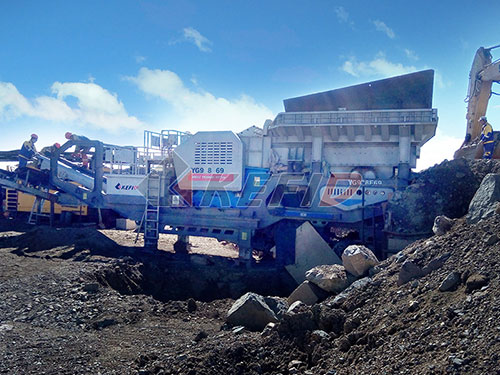Understanding Crushed Limestone Grades: Selecting the Right Aggregate for Your Project
Crushed limestone is a cornerstone material in construction and landscaping, prized for its versatility, durability, and cost-effectiveness. However, not all crushed limestone is created equal. It’s categorized into distinct grades based primarily on particle size distribution – a critical factor determining its suitability for specific applications. Choosing the correct grade ensures project success, longevity, and cost efficiency.
The Foundation: What is Crushed Limestone?
Limestone is a sedimentary rock composed mainly of calcium carbonate (CaCO3). When extracted from quarries and processed through crushing and screening equipment, it yields angular fragments of various sizes – crushed aggregate. This processing creates interlocking properties essential for stability under load.
Why Grades Matter
Different projects demand different material characteristics:

Load-Bearing Capacity: Foundations require densely packed material that won’t shift.
Drainage: Some applications need water to flow freely through the stone.
Surface Stability: Driveways or walkways need material that compacts well but resists displacement.
Aesthetics: Decorative applications prioritize appearance.
Compaction & Workability: How easily can it be spread and compacted?
Grade classification addresses these needs by controlling size ranges.
Common Crushed Limestone Grades & Their Applications
Here’s a breakdown of typical grades (specific names/sizes may vary slightly by region or supplier):
1. RIPRAP / LARGE ARMOR STONE (6″+ up to several feet):
Description: Very large, irregular boulders or chunks.
Applications: Erosion control on steep slopes/shorelines; retaining wall backfill requiring mass; stream bank stabilization; landscape accent boulders.
2. 1 / LARGE GRADE (3″ – 6″):

Description: Large-sized crushed stone.
Applications: Drainage layer behind retaining walls; erosion control ditches; filler for very large gabion baskets; occasionally used as decorative landscape stone.
3. 2 / 3 / MID-SIZE GRADE (~1″ – 3″):
Description: Medium-sized stones (2 typically larger than 3).
Applications: Primary drainage layers under foundations/slabs; French drain systems; pipe bedding/backfill for larger pipes; erosion control where smaller riprap isn’t needed; unpaved driveways

Leave a Reply